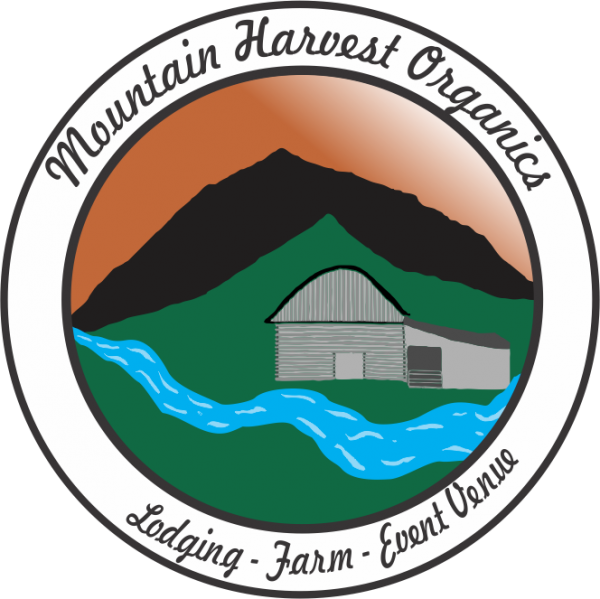Veggies, WP Migration
It is that time of the year for seed planning

Take collards for example:
We normally grow “Champion” which has yielded well for us. (Except this last season where it was devoured by cabbage loppers right in the greenhouse because I wasn’t diligent about checking the flats weekly for pests.) Champion is a rather tender collard with not too much bitterness that collards are known for and we have been growing Champion for the past 8 years.
Fedco introduced a new collard called “Even’Star Champion” with an enticing comment in the seed description that reads, “Not as attractive to the flea beetle so more attractive to us”.
Our initial reaction after reading about Even’ Star was that we need to grow Even’ Start because the flea beetles will leave it alone! Imagine growing a green that the flea beetles don’t like. It is very tempting to try this collard, but the price is 6 times higher than “Champion” and we have never known the flea beetles to leave our greens alone. So we will continue growing our old standby Champion because we just don’t believe that it is not attractive to flea beetles.
Once we have selected the Collard variety and the supplier, we then discuss whether we increase or decrease our production of collards, how many successions we will plant, and choose the number of seeds to order.
Seed planning involves reading the descriptions to all varieties we hope to grow then selecting the best variety adapted to our climate and bug pressure. So because we ponder every variety like collards, planning becomes an excruciating and tedious process, and one we are glad to almost have finished for the 2010 season!
